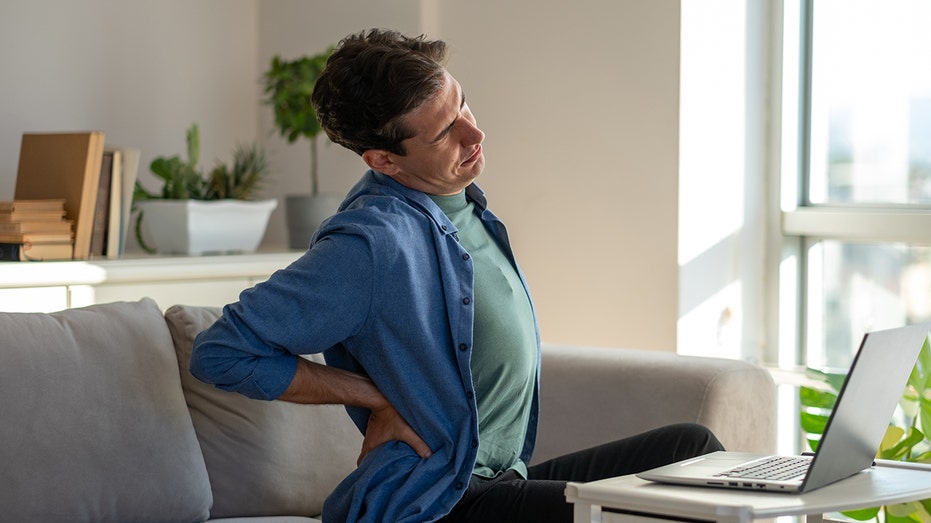How Your Posture Is Quietly Wrecking Your Back, According to a Spinal Surgeon

Sarah Johnson
April 25, 2025
Brief
Back pain is a growing problem linked to poor posture, tech use, and sedentary habits. Experts recommend movement, stretching, and posture-based exercises to relieve and prevent discomfort.
Back pain: the unofficial mascot of adulthood. With so many of us chained to desks and glued to screens, it’s no surprise that back pain has become the most common complaint among Americans.
Dr. Arthur L. Jenkins III, a neurosurgeon and spine expert in New York, says our habit of slouching is a major culprit behind all this discomfort. According to Dr. Jenkins, poor posture stretches the spine in ways it was never meant to move. He points out that we actually stand much better than we sit, and the longer we stay in bad positions, the more trouble we’re asking for.
Ever heard of "tech neck"? That’s the forward hunch you get from staring down at your phone or laptop. Jenkins warns that parking yourself in this posture for hours can lead to real damage, including issues like kyphosis—where the front of your spine gets compressed and your disks take a beating. Even lounging on the couch with your chin tucked down to binge-watch TV is a recipe for muscle strain (and let’s be real, nobody’s mounting TVs on their ceilings yet).
Jenkins explains that our muscles are strongest when our spine is in its "optimum position." Once you slouch, your muscles have to work overtime to keep you upright, which just adds to the pain. For those tethered to screens all day, his advice is simple: stand up often, stretch, and keep your joints moving. He also suggests trying a standing desk, raising your monitor to eye level, or even sitting on an exercise ball to challenge your core.
And if you’re a couch potato, Jenkins says it’s still better to sit up straight and change positions every so often. He also encourages flexing and isolating your back and ab muscles throughout the day. Just squeezing your core for a few minutes can help maintain muscle health and fend off aches.
Flexibility is key, especially as we age. Jenkins recommends building a fitness routine that targets your core and keeps you limber, mentioning yoga and Pilates as great options. He also delivers some hard truth: avoid the dreaded "BLT"—bending, lifting, and twisting at the same time—which is a surefire way to invite back pain.
Recent research from Italy backs up Jenkins’ advice. A study found that a kinesiology-based method called the Canali Postural Method helped improve lower back pain and quality of life for participants. The takeaway? Structured, posture-based exercise routines really make a difference.
Jenkins insists that seeing a professional is the way to go if your back pain isn’t letting up—and if you’re experiencing severe symptoms like intense pain, balance problems, or trouble with bladder or bowel control, don’t wait to get medical help. Sometimes your back is trying to tell you something important; it’s up to you to listen.
Topics
Editor's Comments
If only my couch came with a built-in posture coach—maybe then I’d stop slouching like a wilted houseplant. Seriously, "tech neck" sounds like something you’d get from binge-watching cat videos, but apparently, it’s not as cute. Remember: if you’re going to twist, bend, and lift all at once, make sure you have someone nearby to dial your chiropractor.
Like this article? Share it with your friends!
If you find this article interesting, feel free to share it with your friends!
Thank you for your support! Sharing is the greatest encouragement for us.



